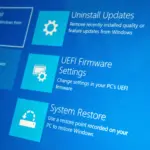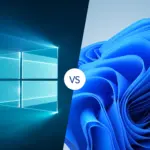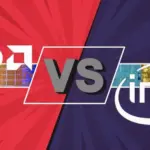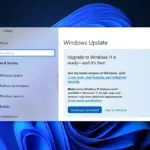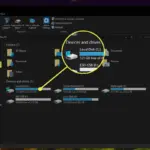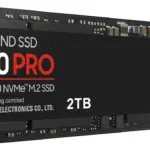Although the first drive on a reasonably modern Windows PC is labelled “C:,” the alphabet starts with the letter A. Why is that? First off, contrary to what has been supposed, the reason for the naming of the first Windows drive is not that Windows is created in the C programming language.
Programming near to the operating system is a common usage for C, which is still a significant programming language. The actual operating system in the Unix world was and is, at least in part, written in C. But the name of Windows disks is unrelated to this.
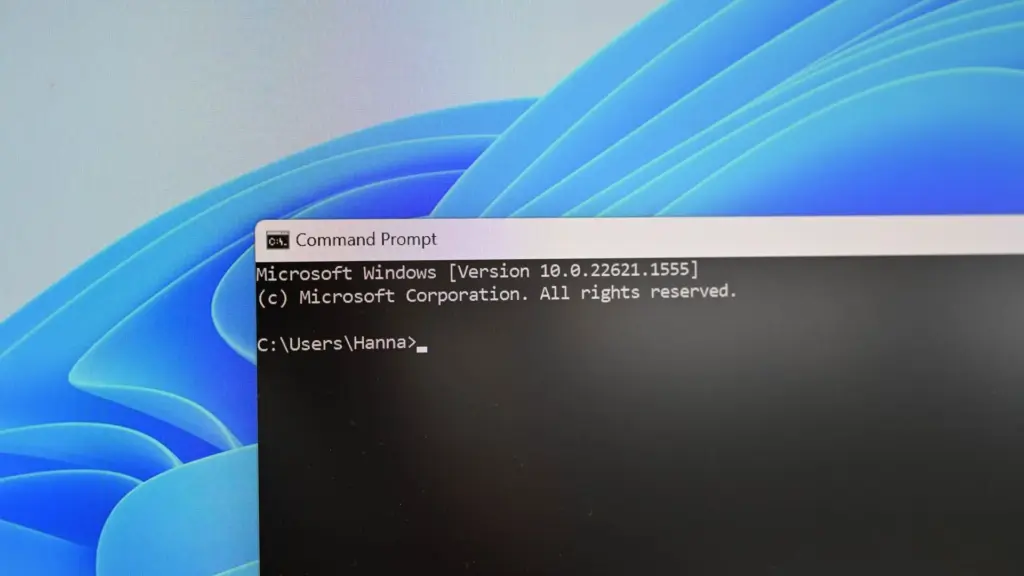
Permanently implanted data carriers, like as hard disks or SSDs, were uncommon in the early days of Windows systems. Rather, the main storage media was floppy discs, which came in 3.5-inch and 5.25-inch formats. The drive letters “A:” and “B:” were assigned to the first and second floppy drives of a Windows computer, respectively. Microsoft gave the first built-in hard drives the alphabetically correct designation C: when they were delivered.
Where are A and B?
However, why are the drive letters “A:” and “B:” no longer visible on our PCs? The reason for this is that floppy disc drives are no longer seen in even somewhat contemporary computers. “A:” and “B:” are no longer visible in the Windows drive directory since they are permanently set aside for floppy drives. Microsoft proceeded to name drives precisely alphabetically after the letter C.
The letter “D:” was assigned to a CD or DVD drive, which are no longer seen on PCs, or Windows would display a second hard drive as “D:” if one was present. “E:,” “F:,” and so forth appear when you install a second hard disk or plug in a USB stick.



